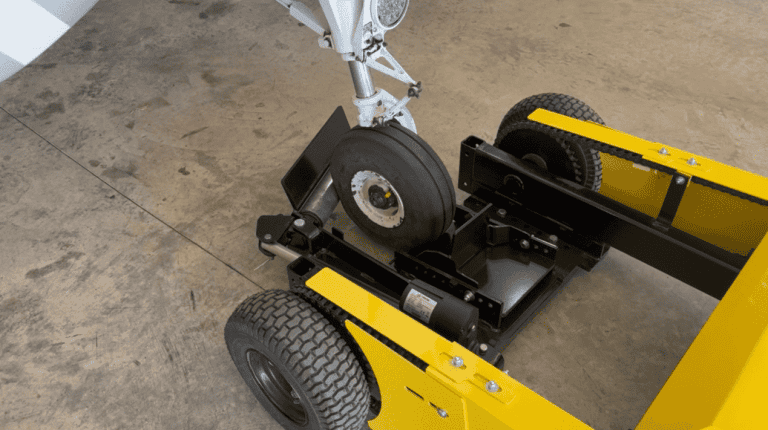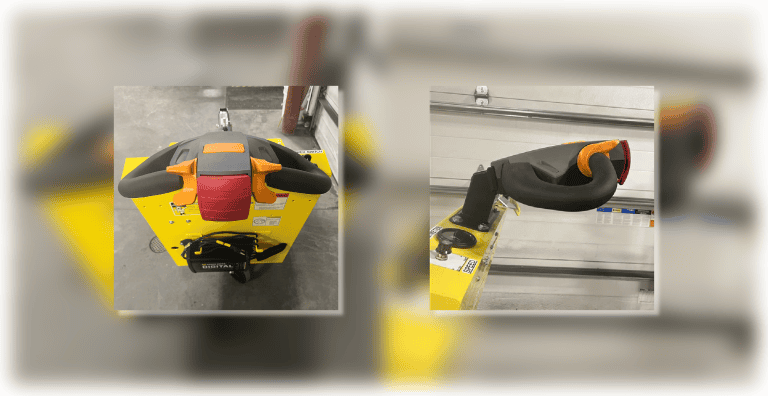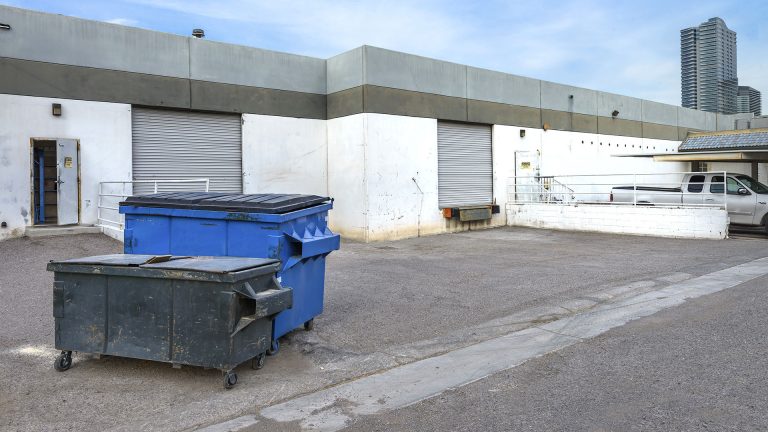How do you solve material handling problems in your business? Often the people charged with solving a problem on the floor or in the plant have no experience actually performing the tasks that are involved. The biggest hindrance to problem solving in business or industry can be management’s tendency to rely strictly on reports and charts. Sometimes you just have to get your hands dirty.
As they say, there’s no substitute for experience. For instance, say you want to improve order picking productivity. In most operations, pickers spend 60% of their time walking. Obviously, measures that will reduce walking time will increase productivity. On paper transport routes can be planned, inventory placement can be allocated, cart loads can be configured and assembly points can be designated to presumably increase worker efficiency. On paper everything can look great, but on the floor reality can sabotage the best laid plans.
We’re not saying planning isn’t important. Of course it is. But it should be considered a starting point, not an end product. Before final implementation, you should take your plans for a test drive. Give ideology and reality a chance to meet. You’ll usually find that when put into practice paper plans need some serious tweaking to ensure that they achieve the desired results.
In our order picking example, picking items may not actually be located where expected due to warehouse concerns or overstock issues. In the picking area, items may not be optimally located. Picking bins may require workers to reach or stretch unnaturally, risking potential injury and decreasing productivity. Individual productivity can vary greatly between workers, particularly between seasoned and new employees. Picking items may not be transported to pick areas at an optimal rate. Transport surfaces can present their own challenges. Rough or sloped surfaces can decrease efficient transport. Batch sizes may not be optimally configured. Large batches or items may require transport on multiple carts. Reconfiguration to optimize cart loads can increase efficiency and productivity. While these issues may not be obvious on paper, they are obvious in practice and present considerable obstacles to efficiency and productivity.
Next time you work to solve a material handling problem in your business, spend some time walking in the shoes of your workers before you implement a final solution. It’s a sure way to guarantee success.


